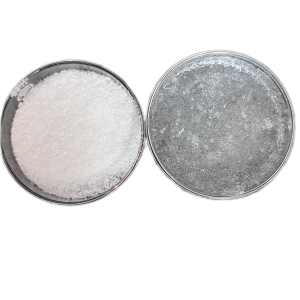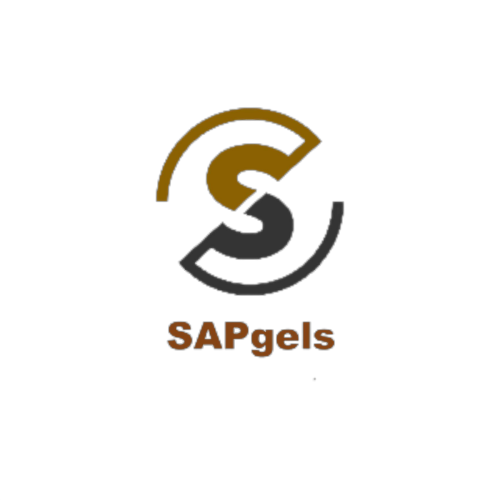The treatment of liquid waste varies depending on its nature and source. Here are some common methods used to treat liquid waste:

Physical Methods:
- Sedimentation: Utilizes gravity or added chemicals to make solid particles settle at the bottom, effectively removing suspended matter from the liquid.
- Filtration: Separates solid particles from the liquid through a filter medium, such as filter paper or a filter screen.
- Distillation: Heats the liquid to its boiling point and then condenses the vapor back into a liquid. This method is effective for removing non-volatile substances dissolved in water.
Chemical Methods:
- Neutralization: Uses acids or alkalis to neutralize acidic or alkaline substances in the waste liquid, adjusting the pH to a safe range.
- Oxidation: Adds oxidizing agents like hydrogen peroxide or ozone to convert organic pollutants into water and carbon dioxide.
- Reduction: Reduces harmful substances to less harmful forms, such as reducing heavy metal ions to their lower valence states.
Biological Methods:
- Biodegradation: Employs microorganisms to break down organic waste into simpler, more stable substances, often utilized in biological filters in sewage treatment plants.
- Phytoremediation: Uses plants like reeds and bamboo to absorb pollutants from water bodies, helping to purify the water.
Other Methods:
- Ion Exchange: Uses ion exchange resins to remove specific ions from water, such as calcium and magnesium ions in hard water.
- Electrochemical Treatment: Utilizes electric current to drive electrochemical reactions, such as electrolysis, to remove organic or inorganic pollutants.
When treating liquid waste, a combination of these methods is often selected based on the specific circumstances to ensure compliance with environmental regulations and minimize environmental impact.
Sodium Polyacrylate Polymer in Liquid Waste Treatment
Sodium polyacrylate (SPA) is a polymer commonly used in liquid waste treatment. It absorbs a large amount of liquid waste, solidifying it into solid waste. Here’s how it is used and its advantages:
Usage:
- Additive Treatment: Add an appropriate amount of sodium polyacrylate powder to the liquid waste.
- Mixing: Stir or mix to ensure even dispersion of the powder in the liquid waste.
Advantages:
- High-Efficiency Absorption: Sodium polyacrylate can absorb up to 500 times its weight in water, converting liquid waste into solid waste, which significantly reduces transportation and treatment costs.
- Excellent Precipitation Performance: It combines with ions and particles in wastewater to form precipitates, aiding in the removal of pollutants like heavy metal ions and suspended solids.
- Environmentally Friendly: Sodium polyacrylate does not pollute the environment, and its treatment process is safe, producing no harmful gases or by-products.
- Ease of Operation: The process of using sodium polyacrylate to treat wastewater is simple and does not require complex equipment or high-tech operations, making it suitable for various wastewater treatment facilities.
- Economical: The required dosage of sodium polyacrylate is typically small but significantly enhances wastewater treatment efficiency, reducing overall treatment costs.
In conclusion, sodium polyacrylate is an effective method for liquid waste treatment. Its excellent absorption and precipitation properties help purify wastewater, allowing it to meet discharge standards or be reused. This makes it a widely used chemical additive in wastewater treatment.

